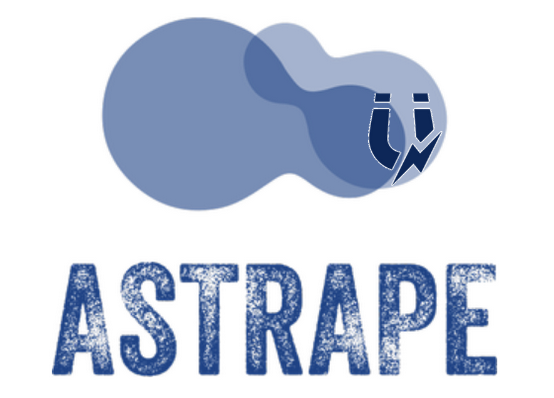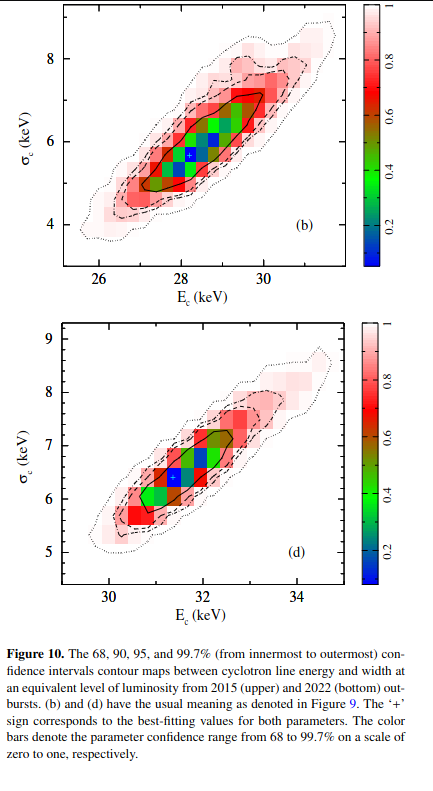ASTRAPE (funded by H.F.R.I)

Welcome to our ASTRAPE project page. This page contains info about the ASTRAPE project have been awarded funded by H.F.R.I .
Since February 2023 I have the pleasure to lead a small but dynamic group at Athens that aims in the study of super-Eddington Accretion in compact objects. Our 2 year journey has just started and we plan to venture in the study of Ultra luminous X-ray Pulsars, and highly magnetized Neutron Stars.
Our Group consist of (more to join...):
Georgios Vasilopoulos (PI)
Fillipos Koliopanos
Gaurava Kumar Jaisawal (external collaborator)
Peter Jenke (external collaborator)
Maria Petropoulou (local collaborator)
Peter Jenke (external collaborator)
Sotiris Karaferias (Former Undergrad student)
Recent results:
- On the cyclotron absorption line and evidence of the spectral transition in SMC X-2 during 2022 giant outburst , MNRAS, accepted
G. K. Jaisawal, G. Vasilopoulos, S. Naik, C. Maitra, C. Malacaria, B. Chhotaray, K. C. Gendreau, S. Guillot, M. Ng, A. Sanna
In this accepted paper we report comprehensive spectral and temporal properties of the Be/X-ray binary pulsar SMC X-2 using X-ray observations during the 2015 and 2022 outbursts. The pulse profile of the pulsar is unique and strongly luminosity dependent. It evolves from a broad-humped into a double-peaked profile above luminosity 3× 1038 ergs s-1. The pulse fraction of the pulsar is found to be a linear function of luminosity as well as energy. We also studied the spectral evolution of the source during the latest 2022 outburst with NICER. The observed photon index shows a negative and positive correlation below and above the critical luminosity, respectively, suggesting evidence of spectral transition from the sub-critical to super-critical regime. The broadband spectroscopy of four sets of NuSTAR and XRT/NICER data from both outbursts can be described using a cutoff power-law model with a blackbody component. In addition to the 6.4 keV iron fluorescence line, an absorption-like feature is clearly detected in the spectra. The cyclotron line energy observed during the 2015 outburst is below 29.5 keV, however latest estimates in the 2022 outburst suggest a value of 31.5 keV. Moreover, an increase of 3.4 keV is detected in the cyclotron line energy at equal levels of luminosity observed in 2022 with respect to 2015. The observed cyclotron line energy variation is explored in terms of accretion induced screening mechanism or geometrical variation in line forming region.
